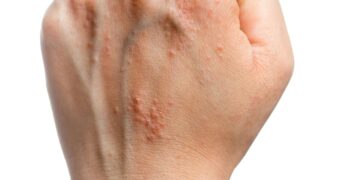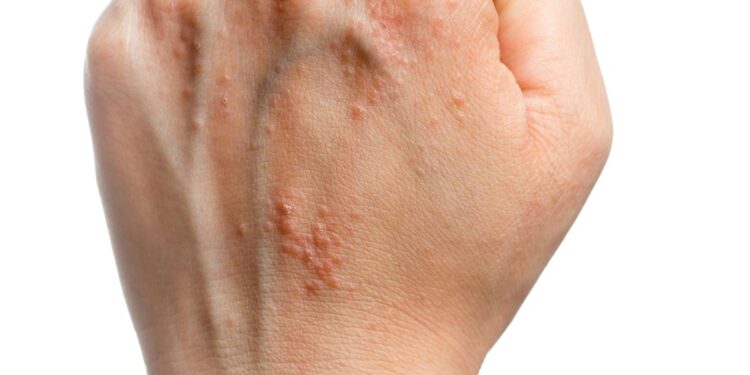Understanding Nail Product Reactions
Nail technicians are tasked with not only creating beautiful nail designs but also maintaining rigorous standards of sanitation and sterilization to prevent infections. However, another critical aspect of nail care that often gets overlooked is the possibility of adverse reactions to nail products. Clients may experience uncomfortable or even harmful reactions due to the chemicals in nail products used regularly.
Allergy vs. Irritation: Know the Difference
Both allergic reactions and irritations to nail products demand attention, but they are different in nature. Dr. Dana Stern, a board-certified dermatologist, explains that allergies are less common but tend to be lifelong issues, while irritations can develop if significant contact with the skin occurs.
Allergies
An allergy arises over time after repeated exposure to a substance. Sensitization is the process through which the skin’s natural barrier is breached, allowing the substance to bond with skin proteins, activating an immune response. Symptoms like redness, swelling, and blistering around the nails are signs of an allergic reaction.
Irritations
Irritations occur quickly after exposure and tend to be acute, causing immediate discomfort. Symptoms include a pink hue, blistering, or scaling, commonly referred to as contact dermatitis.
Identifying and Managing Allergic Reactions
If a client develops an allergy, it may manifest slowly. Look for redness, swelling, blistering, or changes in the nail bed. Allergies often don’t appear immediately but after repeated exposure to the allergen. Be proactive in recognizing early warning signs such as slight puffiness or shininess near the nails.
Proper Response and Recommendations
If an allergic reaction is suspected, recommend the removal of the enhancement. Avoid exacerbating symptoms with further exposure. Collaboration with dermatologists is essential for correctly diagnosing and managing potential allergic reactions. For irritations arising shortly after a service, this type of response may be due to chemical irritants rather than allergens.
Prevention: The Key to Safe Nail Care
Preventing adverse reactions not only protects clients but also safeguards the technicians themselves. Use proper techniques and wear suitable protective gear like nitrile gloves to reduce the risk of occupational allergies. Keep tools and workspaces clean and well-organized to prevent exposure to irritants or allergens.
Staying informed and vigilant about potential reactions ensures a healthy and happy experience for both nail technicians and their clients. By taking proactive steps, adverse reactions can be minimized, maintaining the integrity and reputation of the nail care industry.

























